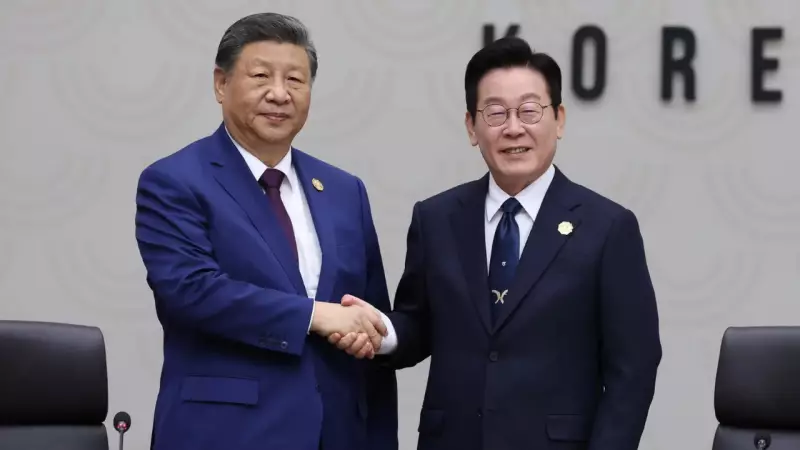
In a significant diplomatic move that could reshape regional dynamics, Chinese President Xi Jinping embarked on a crucial visit to South Korea, marking a pivotal moment in the often-fraught relationship between the two Asian powerhouses.
A Thaw in Frosty Relations
The visit represents the first major diplomatic engagement between the nations in years, coming at a time when both countries face complex geopolitical challenges. Observers note that this meeting signals a mutual desire to mend fences and explore new avenues of cooperation.
Economic Imperatives Drive Diplomacy
Trade and technology cooperation emerged as central themes during the discussions. With China being South Korea's largest trading partner, both leaders emphasized the need to strengthen economic ties that have faced recent strains due to global supply chain disruptions and shifting trade patterns.
The talks reportedly covered:
- Enhanced bilateral trade agreements
- Technology transfer and innovation partnerships
- Supply chain stability measures
- Investment in emerging sectors
Regional Security Takes Center Stage
Beyond economic matters, the discussions inevitably turned to regional security concerns, particularly regarding North Korea's nuclear program. Both nations acknowledged the need for coordinated efforts to maintain stability in the Korean peninsula, though their approaches have historically differed.
What This Means for Asian Geopolitics
This diplomatic re-engagement comes as both countries navigate their relationships with other global powers. The meeting demonstrates a strategic recalibration as South Korea balances its alliance with the United States against its economic interdependence with China.
Analysts suggest that successful cooperation between Beijing and Seoul could have far-reaching implications for:
- Regional economic integration
- Security architecture in Northeast Asia
- Global technology supply chains
- International diplomatic alignments
The outcome of these high-stakes talks will likely influence not just bilateral relations but the broader geopolitical landscape of Asia for years to come.





